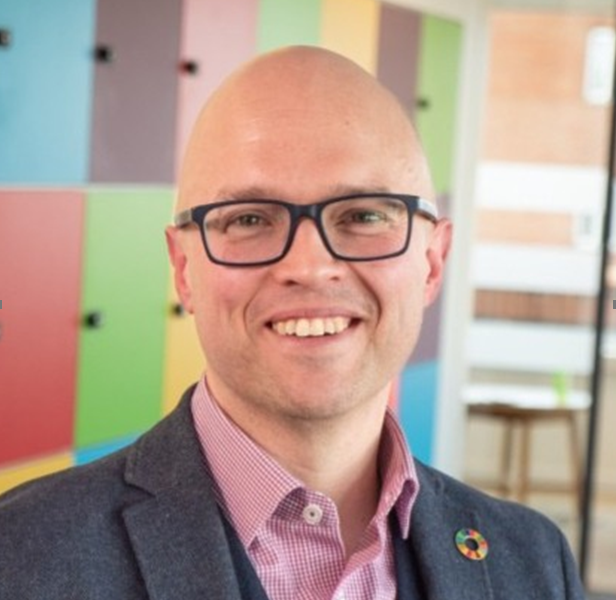OPINION: On Global Recycling Day, it seems pertinent to acknowledge just how many of our homes could be heated using waste sources, including the heat that could be captured through the management of everyday household waste.

Heat networks are community heating systems for urban areas. Powered by a range of sources, they use a network of underground pipes to transport heat (via hot water) from a central source to houses and buildings of all types. Heat networks can be generation agnostic, meaning they can adapt easily to different sources of heat, capturing and using it to heat local homes and businesses.
Much of the heat generated in towns and cities is wasted, and in London, if all the heat that was wasted could be captured, the city could heat itself. Whether it’s from sewage plants, datacentres or waste management facilities, it can all be used for heat networks to create warm homes and businesses and build energy resilience in areas where industrial and residential areas exist in proximity.
For the UK to reach its legally binding net zero by 2050 target, heat networks need to grow from supplying 3% of the UK’s heating to 20%. This means rapid, at scale growth of this tried and tested technology, which has been heating homes in Europe for more than 100 years. In Sweden, for example, half of all heating is already provided by heat networks and in Uppsala, Vattenfall has been operating a heat network utilising heat from an energy from waste facility since 1973.
In the UK, there are 57 waste management facilities, processing around 14 million tonnes of residual waste each year. Whilst they contribute to 3% of the UK’s electricity, less than a quarter make use of the heat they also produce, which is currently released into the atmosphere.
Vattenfall is collaborating with waste management companies to capture their currently wasted heat. Where waste management companies may be experts in waste disposal, Vattenfall is a specialist in customer service and designing, building, operating and managing a heat network. We understand how to work in partnership with energy from waste companies and local authorities from our experience in Uppsala and Amsterdam.
Partnerships
In the UK, we are already collaborating with Viridor, Cory and FCC Environment to explore capturing that currently wasted heat. For example, we’re working with Midlothian Council, as part of the Joint Venture, Midlothian Energy Limited, where we will deliver heat to 3,000 homes in the new town of Shawfair. Here, we are working with FCC Environment to capture waste heat from its Recycling and Energy Recovery Centre in Millerhill.
Waste management facilities, just like heat networks have a role to play as an essential public service that provides benefits to the communities in which they are based. They create local jobs and offer the chance to take ownership of waste and turn it into something useful for local communities. New requirements under the UK Emissions Trading Scheme will encourage waste management facilities to provide heat to heat networks by reducing the carbon emissions tax imposed on operators who export heat.
After reducing, reusing and recycling as much residual waste as possible, waste management facilities provide the infrastructure to efficiently recover vital energy from residual waste, meaning landfill becomes the last resort. These facilities release heat that can be captured for use in heat networks rather than it being wasted into the atmosphere.
Capturing waste heat from waste management facilities to heat homes via heat networks is an example of the circular economy in practice and depends on partnerships between different organisations and between the public and private sector. It makes sense to make use of the available sources of waste heat first before relying on fossil fuels. In addition, access to high temperature heat from waste management facilities may provide heat at a fairer price than electrification, supporting better value to customers.
Society
We know that capturing heat from waste management facilities isn’t the perfect solution and as we reach ever closer to net zero there are sure to be further innovations, offering other alternatives. However, to ensure a just transition we must make use of what is available to us now, rather than placing more pressure on the electricity grid or burning primary fossil fuels.
Society relies on waste management facilities, so it makes sense to capture the heat that they produce to provide heat and hot water to homes and businesses, rather than continuing to waste it. Both waste management facilities and heat networks can work together, creating local jobs, building energy resilience and harnessing waste heat to warm homes and businesses in urban areas.











Subscribe for free